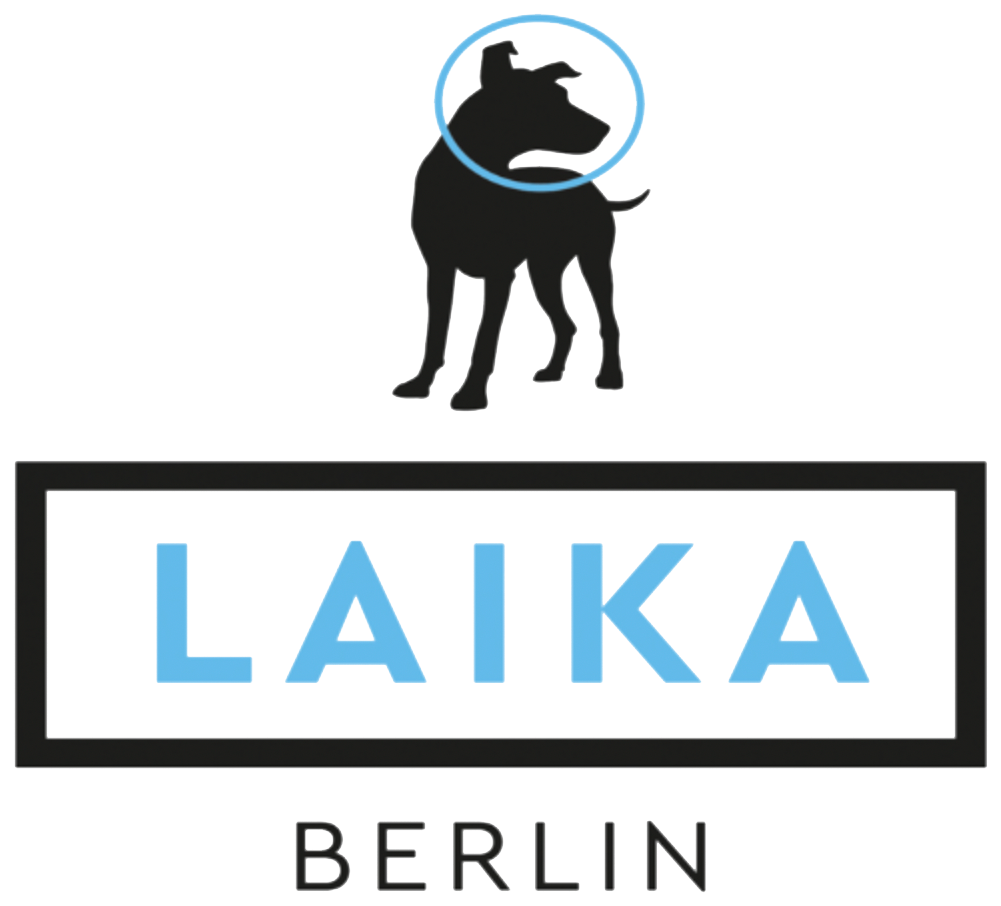THE REAR VIEW MIRROR: Thoughts on the world of comms
By David Josephs
It occurred to me recently that I’ve been involved with the PR industry for 31 years now. I think that might entitle me to use the word ‘veteran’ when describing myself. It is a dubious honour.
But with experience (or age as it is otherwise known) come some advantages. I started work in the PR agency world as an Account Executive, literally on the first step of the ladder. Since then, I’ve done pretty much every job possible within the industry, including a spell in-house, viewing the client-agency relationship from the other side.
Most of these relationships work well. Some work brilliantly. Others fail. I’ve tried to summarise what factors are the most important if you want your client-agency relationship to work brilliantly.
See what you think!
Define your business objectives, and make them specific and measurable. Not just ‘we want to be better known’. How will you define this? You need to know precisely what you want to achieve if you want to measure the effectiveness of your PR investment.
Agree performance indicators for the campaign – the outputs. By all means make them challenging, but not ridiculous. A practical way of shaping this is to identify key publications, and the journalists who write for them, and then agreeing targets. This might look like this:
Develop trust based relationships with 10 key journalists and analysts
Identify and prepare 5 subject matter experts within your company to ensure they are ready for media engagements in the first 3 months of the campaign
Target two pieces of extended press coverage authored by our top 10 journalists in the first 12 months of the campaign
Target 20 pieces of coverage in less strategically important publications
Gain approval for one customer reference story every three months
Clearly, I have a specific type of company in mind as I offer these examples, but they help to illustrate my point. The targets are clear, measurable and meaningful, and allow us all to measure progress as the campaign progresses.
Agree an audacious stretch target. What’s the best possible outcome the campaign could have? Work with the PR team to imagine how this could be achieved. There’s often interest in being covered in globally respected publications like the Financial Times, for example. But this won’t happen often. But a stretch target of two pieces of coverage in the FT every year might be a perfectly acceptable stretch target (note: other highly respected global publications are available).
Invest in proper education for your PR team. Let them into your company. Let them meet lots of people within your company. If the PR team is reluctant to do this, you might need to ask why that is.
Invest in communications training for key spokespeople. I’ll be honest. Fantastic spokespeople are rare, but guess what, if you don’t put in some structured preparation time, you’re not really giving yourself the best chance of success. This isn’t even a particularly expensive investment, but it will be money well spent.
The founder or leader of the company needs to buy into the PR campaign, and contribute to it. We all know leaders are busy people, but we’re talking about corporate reputation here. That’s business critical, right? If the leader buys into and supports the PR campaign, all good things are possible. Sadly, the reverse is also true.
Think about who is best qualified to be the day-to-day contact with the PR team. It needs to be someone with super smart administrative skills, and the tenacity to make sure things happen. Actually, that’s quite a rare combination of skills. Choose wisely.
Allow creativity. If you want to achieve outstanding results through a PR campaign, you need to be prepared to sign off ‘edgy’ material.
Your PR team are human. Think how to inspire them. Become their favourite client. A small note on this – I’ve worked with numerous PR teams across Europe. The Laika people are exceptionally good at what they do (you’ve chosen well if you are a client). It’s in your interests to treat them well. Human nature, right?
Earning (as opposed to paying for) coverage in high profile publications is tough. Don’t believe anyone who claims otherwise. But with the right team, the right attitude, a good understanding of the media agenda and a sprinkling of creativity, anything is possible. If you create the right conditions with your PR team, great results will follow.
NEXT TIME: I’ve trained hundreds of Execs over the last 30 years, both in how to make the most of media interviews, but also presenting to an audience. I’ll share the secrets of the very best communicators in my next column for Laika.
David Josephs
ABOUT ME: I’ve worked in the PR industry for 30 years, and have advised tech companies of all shapes and sizes ever since. My experience extends across Europe, the US and the Middle East. My posts for Laika aim to share some of those experiences to help you make the most of your investment in PR. I’m proud to serve on Laika’s Board of Advisors, and support the team through training sessions and one to one guidance.


